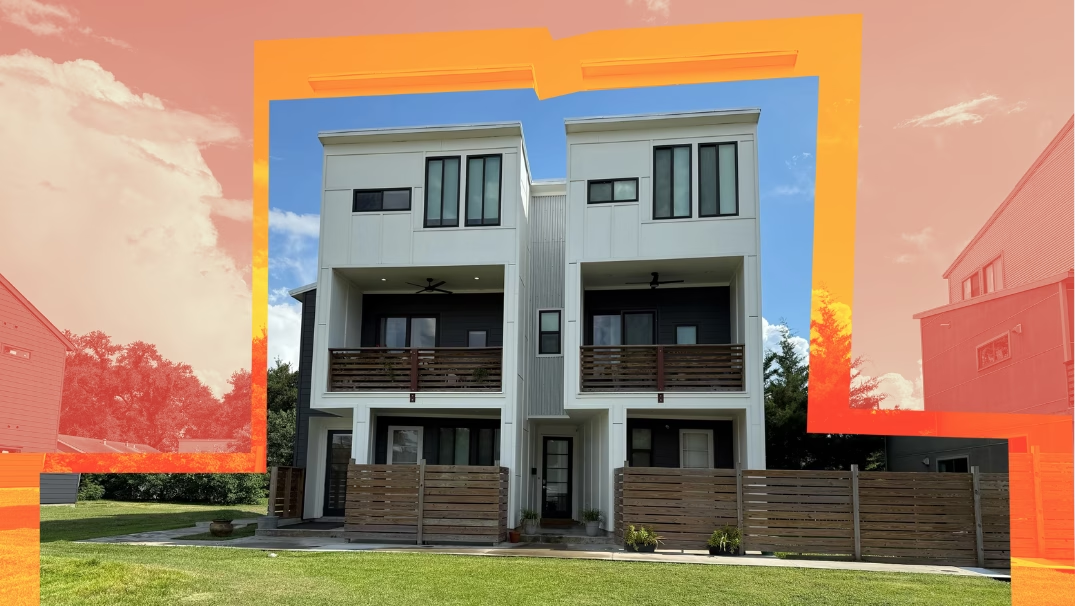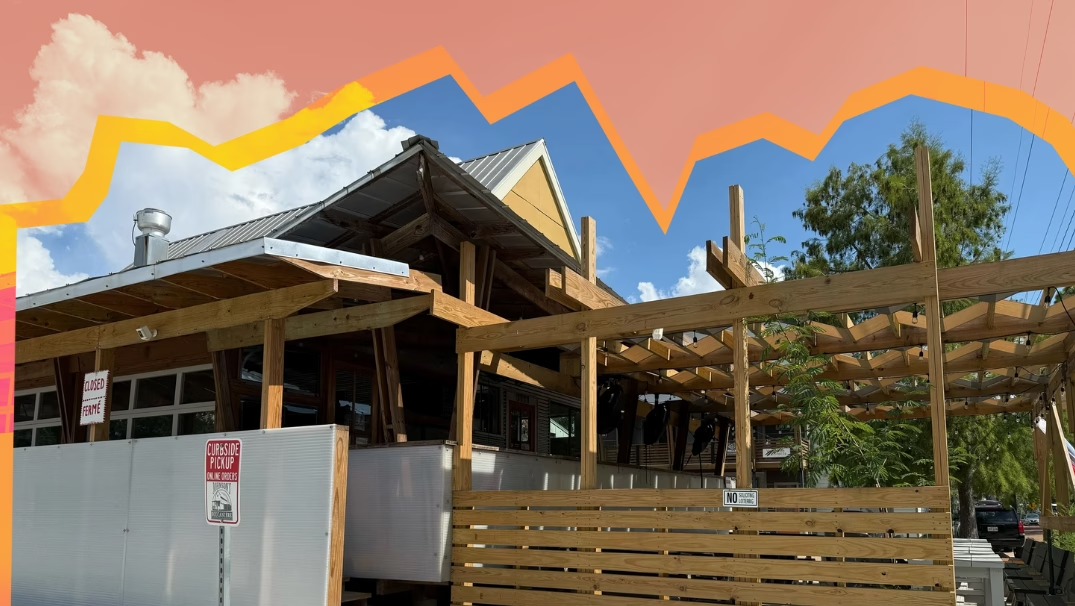Editor's Note: The challenges our cities face are growing, but so is the strength of this movement. Every story we share, every idea we spread, and every tool we build exists because people like you are committed to showing up. Your membership isn’t passive—it’s the momentum that makes change possible.
Gregory Walls knows Lafayette, Louisiana. It’s where he studied, planted roots, and built a life.
With more than 30 years in the field, he’s seen the city change—and he’s still betting on its future. He’s exactly the kind of builder cities need more of—someone with skin in the game, familiarity with the terrain, and a long-term commitment to the places he builds in.
But sometimes Lafayette, like so many cities, makes it harder than it should be for people like Walls to keep going.
A System That Says Yes in Theory… But Not Necessarily in Practice
Lafayette has publicly committed to supporting infill and incremental development—the kind Walls specializes in. A decade ago, the planning commission adopted Plan Lafayette 2035, recognizing the urgent need for more missing middle housing and affordable options. In general, the city’s planning department, Walls says, has shown an openness for the kind of projects he builds: duplexes, triplexes, backyard homes, and other gentle density that can strengthen neighborhoods without overwhelming them. But in practice, some barriers still remain.
“On average, I wait six months to get a permit,” Walls said. The biggest slowdowns aren’t even due to zoning or building code reviews. More often, the holdup comes from other reviewing entities—like the utility companies—whose sign-off is required before a project can move forward.
Walls described a frustrating pattern: The city utility reps will say one thing during pre-development meetings—guidance that developers use to plan their budgets and timelines—but by the time permitting rolls around, the requirements appear to have changed. Suddenly, a plan that was greenlit weeks or months ago is now no longer viable—or requires a more expensive workaround.
He reports that on several occasions, this has delayed his projects by months. These delays don’t just waste time—they drive up costs. For small-scale developers like Walls, every dollar counts. And when the system throws constant curveballs there is a seemingly moving target, it doesn’t just threaten a single project’s feasibility. It chips away at housing affordability as those costs are passed down to tenants and deters the kind of builders who are best positioned to fill in the gaps.

Walls noted that for a recent project, the Lafayette Utilities System (LUS) ultimately did step up—meeting with him, the city’s zoning heads, and his civil engineer to work out nontraditional utility easements that made his latest project possible. But, he added, “When you have to expend that level of effort for every infill project, it becomes discouraging.”
The Stakes
Walls doesn’t want to give up on Lafayette. He’s built strong relationships with local engineers, builders, and tradespeople. The work, he says, is rewarding not just financially (when the numbers pencil out), but personally. “If it were just about making the numbers work, I don’t think I could do it,” he said.
But the longer delays drag on and the more unpredictable each step becomes, the harder it is for developers like Walls to stick it out. And that should worry everyone. Because when people like Walls leave, they’re not easily replaced. Big developers chasing economies of scale rarely want to work on tight, oddly shaped infill lots in older neighborhoods. And when small-scale developers can’t make it work, the city loses out on some of the most cost-effective, context-sensitive housing it could build.
The Fix Is Not a Silver Bullet. It’s Building an Ecosystem.
Lafayette doesn’t need a sweeping new plan to support small developers. Where it can begin, Walls says, is with better coordination—especially between city departments and the city-owned utilities. If there’s one thing he’d fix first, it’s the communication breakdowns that cause cascading delays. “Just follow through on what you say at the pre-development meetings,” he said. That would go a long way.
“Secondly, we, as a city, will eventually realize that land is not an infinite resource and we will have to redirect our focus on creating smart affordable infill projects,” he explained, adding that doing so will involve revisiting codes that currently govern how we can build. “This will require a different mindset when it comes to rewriting our codes and rethinking density, how we define a lot of record, parking requirements, abandoning minimum lot sizes, creation of a different set of rules for utility and road easements when creating pocket neighborhoods and cottage court developments.”
More broadly, what Lafayette—and cities like it—needs is an ecosystem that supports local builders. That means predictable timelines. Clear, consistent rules. A permitting system that works in weeks, not months. And a culture that treats small-scale development as a civic good, not an inconvenience.
Building that culture starts with policy—but it can’t stop there.
To truly address our housing crisis, we need more than good rules on paper; we need to unleash the swarm. The swarm being the thousands of small, locally rooted developers who know their neighborhoods, have a personal stake in the outcome, and can collectively deliver more—and better—housing than any single large-scale project.
But to unleash the swarm, you first have to stop swatting them away.





.webp)